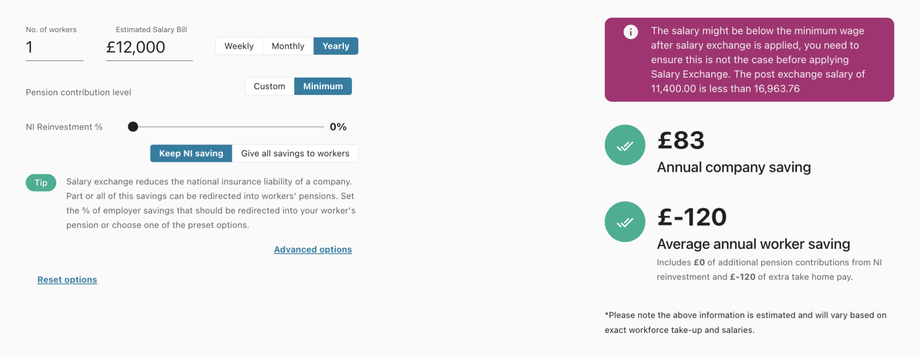The standard Personal Allowance this year is £12,570. If your annual earnings are £12,570 or less, you fall below the personal allowance, meaning you pay no income tax (0% tax bracket) and no National Insurance (NI). In this situation, you might wonder why there appears to be a negative amount when you contribute to your pension. Here's a clear explanation:
- No Tax or NI: When you earn £12,570 or less, your income is beneath the threshold for paying income tax and National Insurance. Consequently, you don't owe any tax or NI on this income.
-
Tax Relief at Source: Typically, pension contributions receive tax relief, even if you don't pay income tax. This is known as "tax relief at source." The pension provider claims back 20% of your contribution from the government and adds it to your pension pot, boosting your savings.
-
Employee Contributions: When you make contributions to your pension as an employee, you benefit from this tax relief at source, which means you're essentially gaining extra money for your retirement fund. This extra money comes from the 20% reclaimed by the provider, even though you don't pay any income tax yourself.
-
Employer Contributions: If the contributions were made by your employer instead, you wouldn't get this additional money because it's you, the employee, who qualifies for the tax relief. That's why you might notice a negative amount when you contribute to your pension. It reflects the 20% contribution from the government that's added to your pension savings due to the tax relief at source, despite your income falling below the tax threshold.
In summary, if you earn £12,570 or less, making employee contributions to your pension is advantageous because you receive extra money through tax relief, even though you don't pay income tax yourself. This is why you might observe a negative amount, indicating the additional 20% boost to your pension savings.

